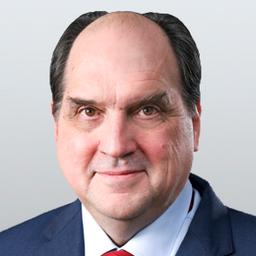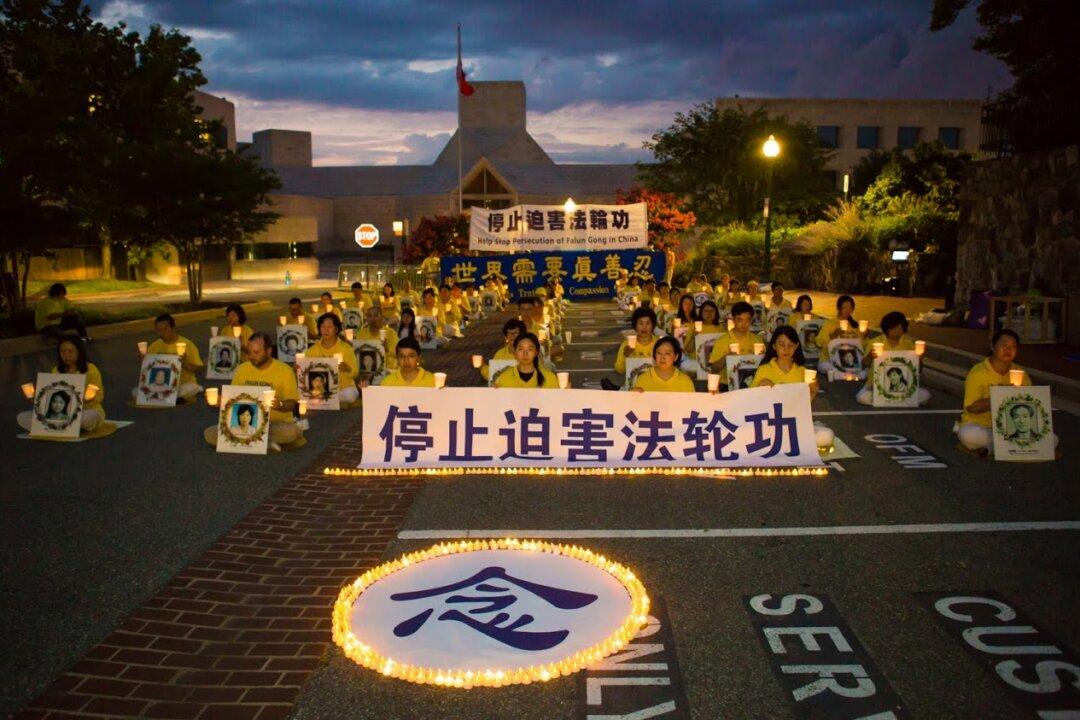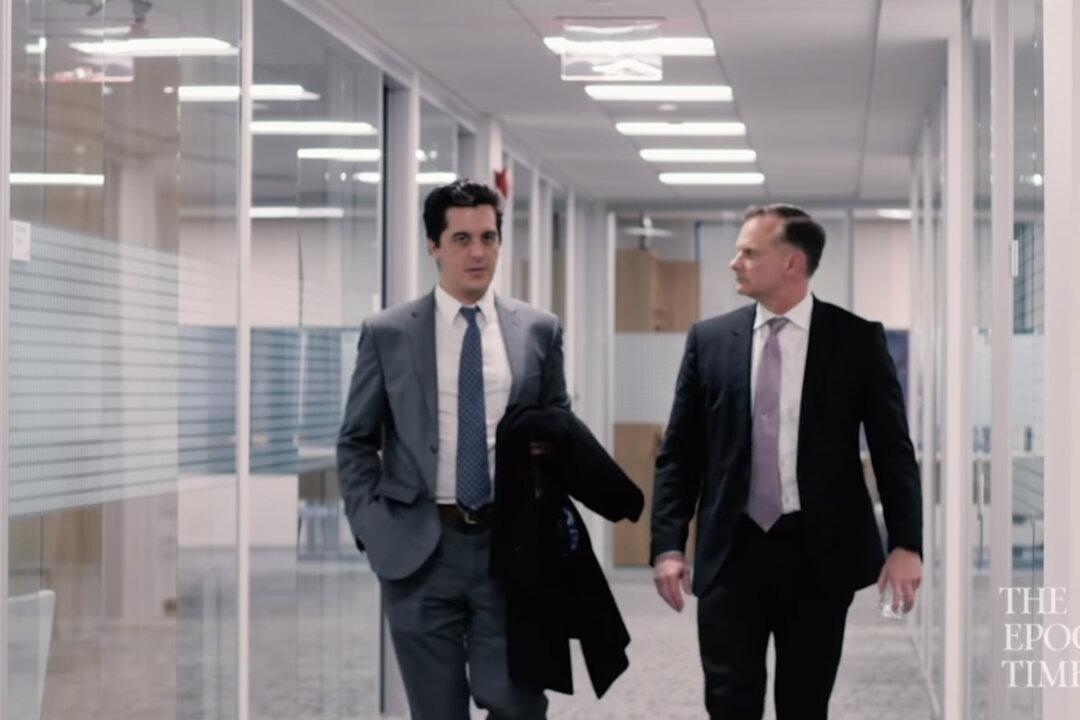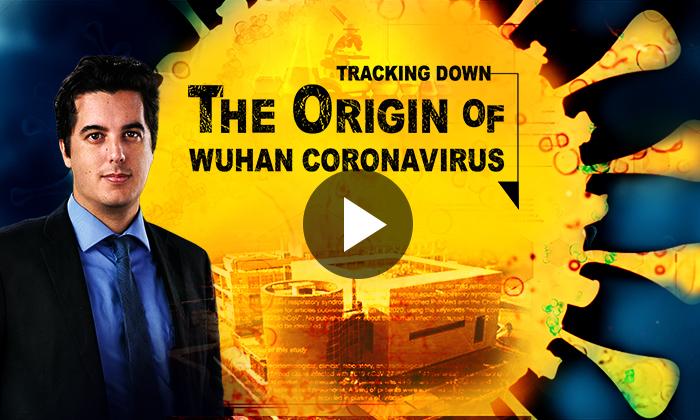NEW YORK—Rocky De La Fuente, 62, said his path to running for mayor of New York City began with the theft of his Mickey Mouse watch on the streets of Mexico City.
That watch was 7-year-old Rocky’s prized possession, a $1.99 keepsake bought for him by his parents on a trip to Disneyworld. One day, four 15- or 16-year-old boys surrounded him. One of them put a knife against his back, and those boys walked away with his watch.
De La Fuente was left thinking, “How can someone steal my Mickey Mouse watch?” And he said that was when he began to figure things out. In an interview in the Manhattan offices of The Epoch Times, he looked back and saw himself learning important life lessons in that moment: the importance of common sense, street smarts, and looking at things logically.
He said he began applying those lessons when, at 9 years old, he was given as a Christmas gift a Mattel Creepy Crawler Oven. He excitedly plugged it in and made a wiggly plastic cockroach and a spider, and then began scaring his family with them.
He packed his new creations to scare the kids at school. When he opened his satchel on the school bus, De La Fuente’s first business was born. A freshly made cockroach sold for 5 pesos (40 cents at the time). Everyone on the bus ordered one.
In 1965, at age 11, De La Fuente bought a book of Christmas cards. He showed them to his mother and a circle of her friends, and took orders. After that was successful, he began recruiting his schoolmates to sell cards to their mothers and their mothers’ friends. Eventually, 180 kids were working on commission for him. He cleared $4,000 a month for the months of September and October.
At age 20, De La Fuente owned his first car dealership. He soon began purchasing other car dealerships, eventually owning 28 of them.
When he was ready to look for other opportunities, he sold 27 of the dealerships. He established currency exchanges and banks, and began investing in and developing real estate.
Now, De La Fuente wants to apply the lessons that brought him business success to setting himself up in residence in Gracie Mansion.
A Double Heritage
De La Fuente’s run for mayor has much to do with where he comes from.
Born in San Diego to Mexican parents and raised in Mexico City, De La Fuente is proud of being an American and proud of his Hispanic heritage.
“America has been very, very good to me,” De La Fuente said. “I have enjoyed the American dream.” Public service is a way of paying back, of showing gratitude to his second home.






